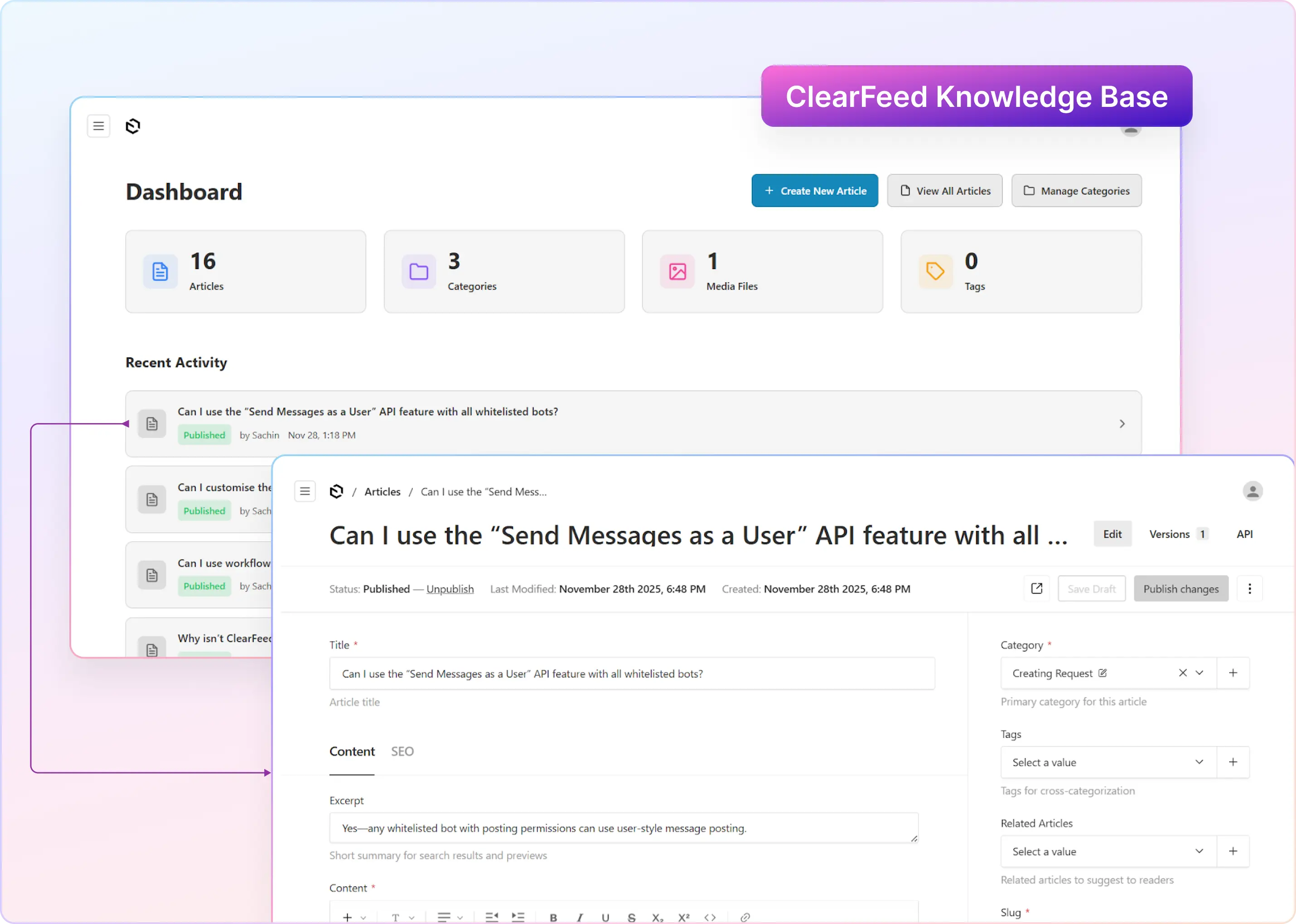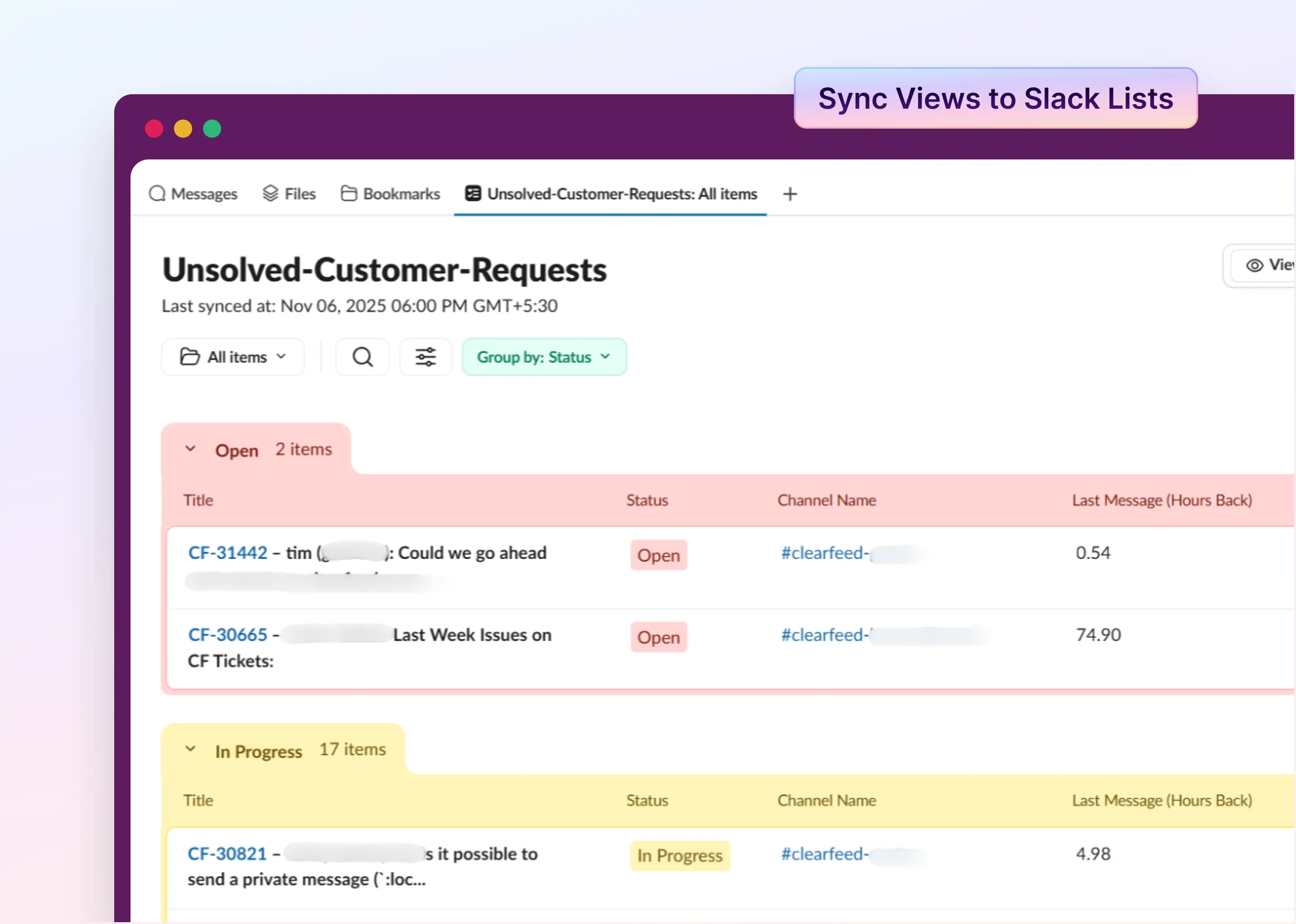Figuring out software costs can be pretty confusing, right? There’s always something beyond the initial price tag, making us spend extra time and effort to get what we're paying for.
Well, this article clarifies things, especially regarding the actual costs of using Intercom, a popular tool for talking to customers. We're going beyond the listed price and investigating what it really costs to use this tool in your business. Ready to find out more? Let's dive in!
Intercom Pricing Packages and Features at a Glance
Intercom offers several pricing tiers, each tailored to different business needs.
Key Factors That Determine Intercom Pricing
Here’s how Intercom could potentially cost you additional money beyond its base price plans:
- Per Seat Pricing: Intercom's pricing is based on a "per seat per month" model, which means the cost increases with every team member who needs access to the platform. So, the more people in your organization who need to use Intercom, the higher your overall costs will be.

- App Integrations: Intercom costs money for app integrations, and users may need to subscribe to specific tiers or pay additional fees for advanced integrations. For instance, the Essential plan includes only four integrations with HubSpot, GitHub, Mailchimp, and Pipedrive. Integrations with Slack, Zendesk Support, Clearbit, etc., may require an upgrade to a higher tier, contributing to the overall increased cost.
- AI Features and Automations: While AI chatbots and automated responses are part of the plans, the detailed breakdown indicates that using advanced AI features could lead to extra charges based on the complexity of the automation or volume of usage. This is especially true for the AI-powered service "Fin," which charges $0.99/resolution.
- Add-ons and Overages: It offers a range of enhancements and add-ons. For example, the "Proactive Support Plus" add-on starts from $99/month, including 500 messages sent per month. If you use features beyond what's included in your plan or exceed your usage limits, such as sending more messages than included in your add-on package, there will be additional costs.

- SMS, Email, and Phone Support Costs: Engaging with your customers via SMS, email campaigns, or phone calls through Intercom incurs additional charges. These costs vary depending on the volume of emails, SMS, or the duration of phone calls made, starting from as low as $0.00025 to $0.045 per email sent and $0.01 to $0.09 per SMS sent/received. Phone support costs start from $0.0035 per minute, making these communication channels potentially significant additional costs based on your usage.
- WhatsApp Conversations: Sending and receiving messages over WhatsApp also carries extra charges, ranging from $0.07 to $0.10 per conversation. Like SMS and email, if your customer engagement strategy relies heavily on WhatsApp, these charges could add up.
Managing Intercom's tricky and often expensive pricing is important for businesses that want to keep their customer service tools up to scratch without blowing their budget. Knowing how Intercom can become costly, it's key for companies to look into methods to cut these costs without losing out on what makes the tool useful.

So, let's move on to some practical tips and tricks that can help make your Intercom usage more budget-friendly while maintaining top-notch customer service quality.
Tips to Lower Your Intercom License Costs
When your Intercom bill starts to creep up, there are several ways you can reduce costs without sacrificing core functionality, including:
1. Optimize Seat Allocation
Since pricing escalates with each additional user, balancing between full and lite seats at Intercom is a strategic solution to optimizing your operational costs without sacrificing functionality for team members requiring less access.
Note: Full seats provide complete access to all Intercom capabilities within your chosen plan. These are ideal for team members directly involved in customer interactions, sales, or support roles. Lite seats offer limited access and permissions, perfect for cross-functional collaboration with team members who do not require full access to Intercom's capabilities, such as finance, billing, legal, engineering, and design teams.
Full seats have a specific monthly cost, depending on your plan. In contrast, lite seats are included in certain numbers within the Advanced and Expert plans at no additional charge (20 for Advanced, 50 for Expert).
Given these cost structures, here's how to balance full and lite seats to manage your expenses efficiently:
- Assess Team Needs: Evaluate the duties of each team member or department using Intercom. Determine who needs complete access to all tools and features (sales, customer support) and who could function effectively with limited access (technical, legal, finance).
- Maximize Lite Seat Usage: Use the lite seats provided in your plan to the maximum. For example, if you're on the Advanced plan, allocate the 20 lite seats to team members who need limited access before purchasing additional full seats.
- Restructure Teams: Consider if certain tasks handled by full-seat users can be reassigned to team members with lite seats, thus potentially reducing the need for more full agent seats.
- Utilize Roles and Permissions: For those with full seats, use roles and permissions to limit unnecessary access to features, potentially identifying tasks that can be shifted to lite seat users.
- Monitor Usage and Adjust: Monitor how effectively your current mix of full and lite seats serves your operations. If you notice underutilized full seats or lite seat users frequently needing more access, reassess and adjust your allocations.
2. Streamline App Integrations
Intercom's predefined integrations, like the one with HubSpot, are tailored to meet a business's basic needs when connecting Intercom with other services. However, critically assess your business's needs before adding more integrations or considering an upgrade. Ask yourself questions like, what are you hoping to achieve with Intercom? Are the goals improving customer support, sales, marketing, or all of them? Can these goals be met with the existing integrations?
Also, before deciding on an upgrade, look into third-party tools or platforms that might enable integrations not officially supported in your current plan. Sometimes, tools like ClearFeed can create workarounds, enabling you to connect Intercom with other services like Slack without needing an upgrade.
3. Use AI and Automation Judiciously
To strategically manage Intercom's pricing, it's wise to consider a balanced use of AI and automation. For example,
- Conduct a Thorough Needs Analysis: Distinguish between essential AI functionalities and nice ones. Essential functionalities should directly contribute to achieving your core business objectives or significantly reducing manual effort. For each AI feature under consideration, like "Fin AI Autofill" and "Fin AI Summarize," map out how it serves specific business goals. This helps justify the cost relative to the value provided.
- Analyze Usage and Efficiency: Check the usage statistics of your current AI features. This data will show which functionalities are most used and underutilized but incur costs. Look at how AI features impact key performance indicators (KPIs). Are they reducing time spent on tasks, increasing customer satisfaction, or improving revenue?
In addition, simpler technologies should be considered for tasks where AI might be overkilled. For instance, auto-responders could manage basic customer queries instead of a full-fledged AI chatbot.
Now, there's another strategy we should talk about. Ever thought about partnering with an external expert? Opting to work with a third-party service, such as ClearFeed. You're probably wondering just how ClearFeed can help cut down Intercom costs. Well, allow us to walk you through it.
Managing Intercom Costs With ClearFeed
ClearFeed integrates Slack with Intercom and helps reduce Intercom license costs allowing company wide collaboration on Intercom tickets without paying for large number of agents. In addition it also integrates Slack with engineering tools like JIRA, Linear, and GitHub. ClearFeed's pricing for the "Integrations" product edition is based on the number of tickets created from Slack to ticketing or engineering tools, providing a cost-effective solution for businesses looking to streamline customer support and reduce the need for supplementary Intercom licenses.
In contrast, Intercom's pricing plans start at $39 per month per seat for the Essential plan, with higher-tier plans priced at $99 and $139 per seat per month, respectively. This substantial difference in pricing models indicates that ClearFeed has a more cost-effective entry point than Intercom, potentially making it more accessible for businesses looking for lower-cost customer communication solutions.
Here's how ClearFeed's integration with Slack works:
- One-Click Intercom Ticket Creation: ClearFeed allows users to convert a Slack thread into an Intercom ticket with just an emoji reaction. This integration ensures that any attachments within the Slack thread are automatically included in the Intercom ticket, capturing all necessary details without manually re-entering or duplicating effort.

- Synchronize Messages and Attachments: The bi-directional synchronization of Slack threads and Intercom tickets means that replies and attachments posted in Slack are automatically mirrored in the corresponding Intercom ticket and vice versa.

- Real-time Updates on Slack: Immediate updates about ticket statuses or responses from Intercom are relayed back to the corresponding Slack thread, keeping all team members informed and aligned.

- Collaboration on Tickets Privately in Slack: The ability to post private comments within a Slack thread for internal collaboration among multiple departments (Support, Engineering, Product, Customer Success, and Solutions teams) without those comments appearing in the ticket itself, fosters seamless cross-department collaboration.

Want to know more about how ClearFeed can help you get the most out of Intercom? Book a demo with our team today!

















